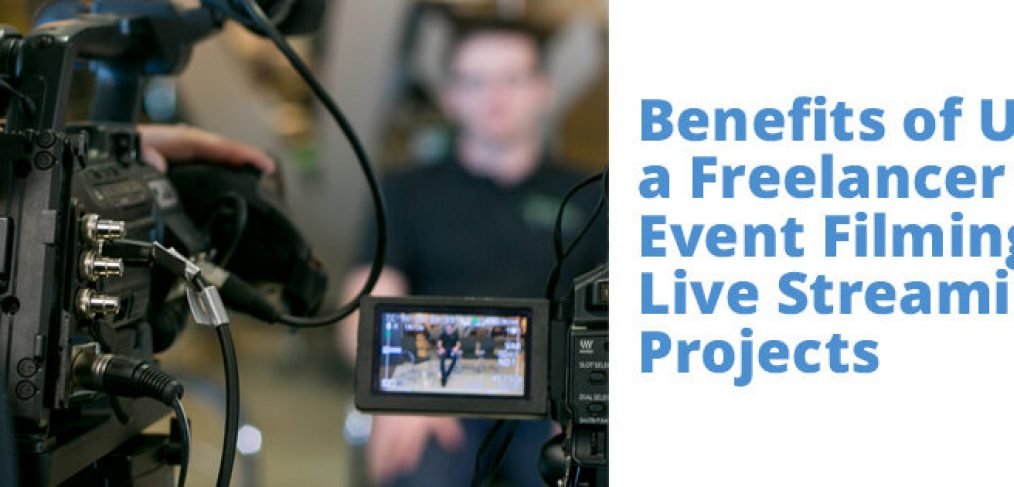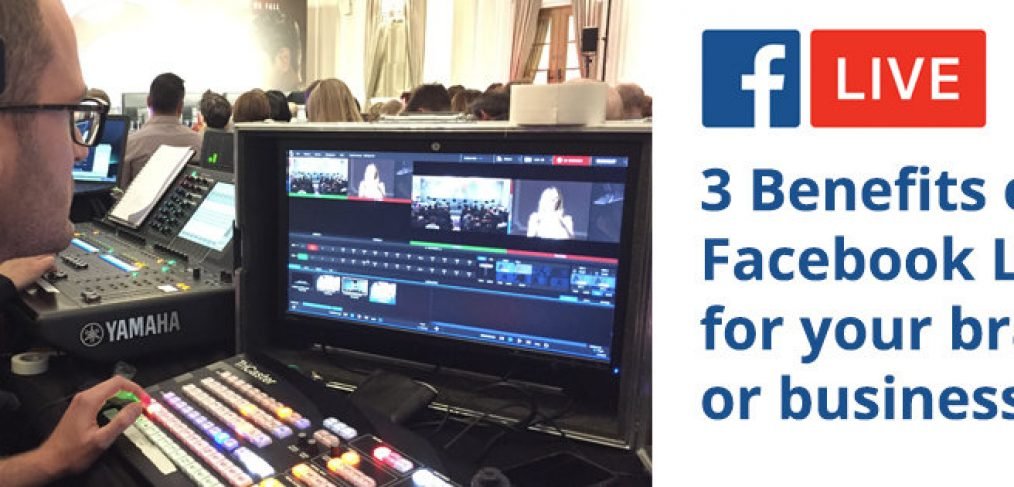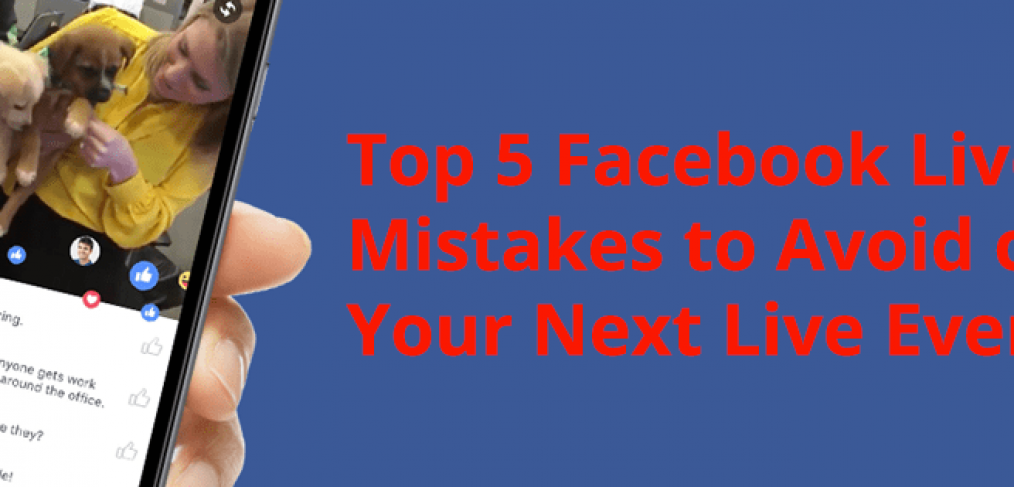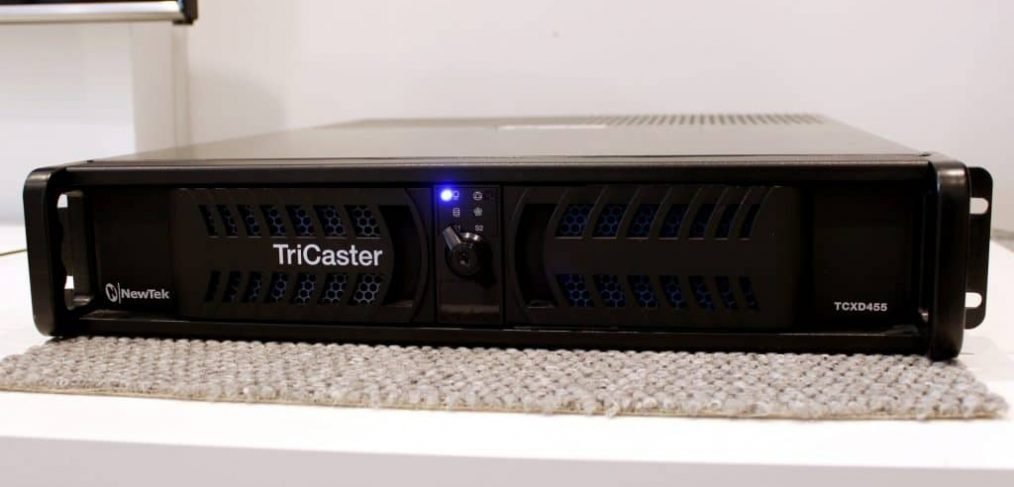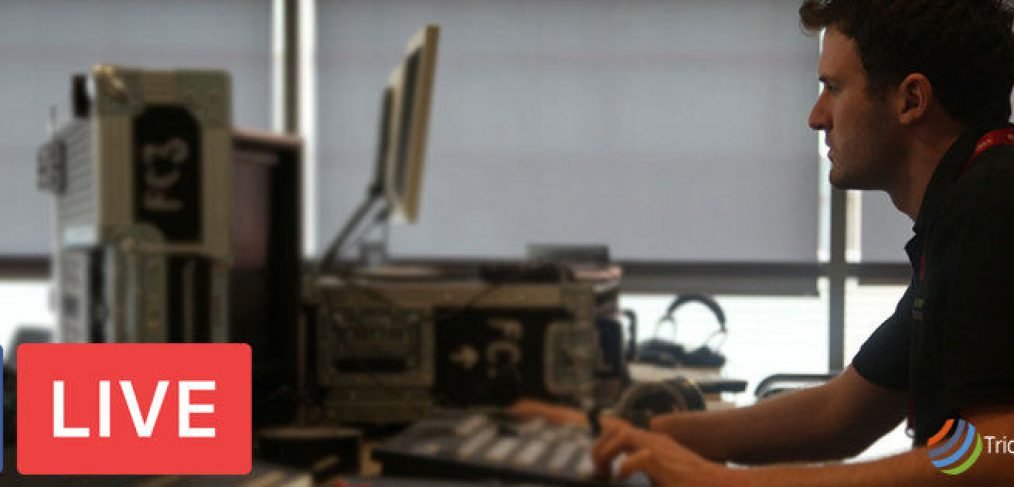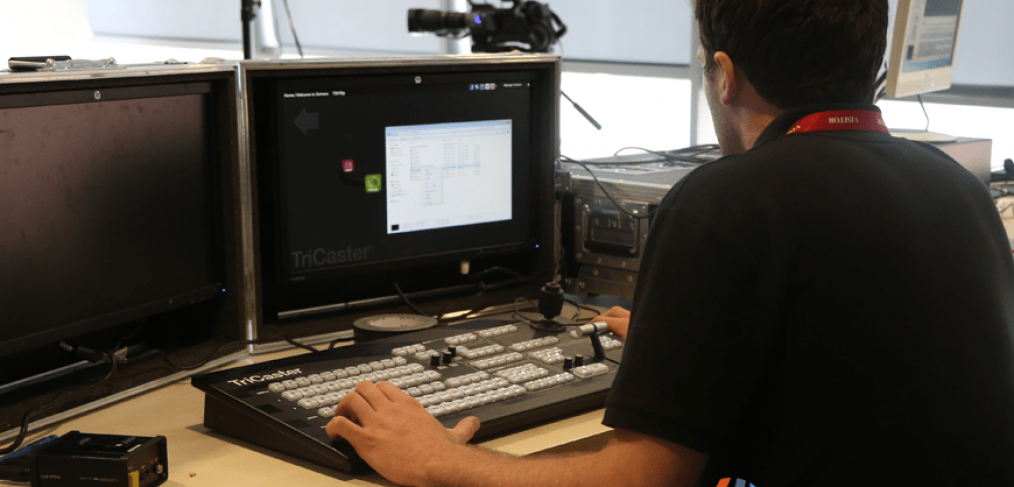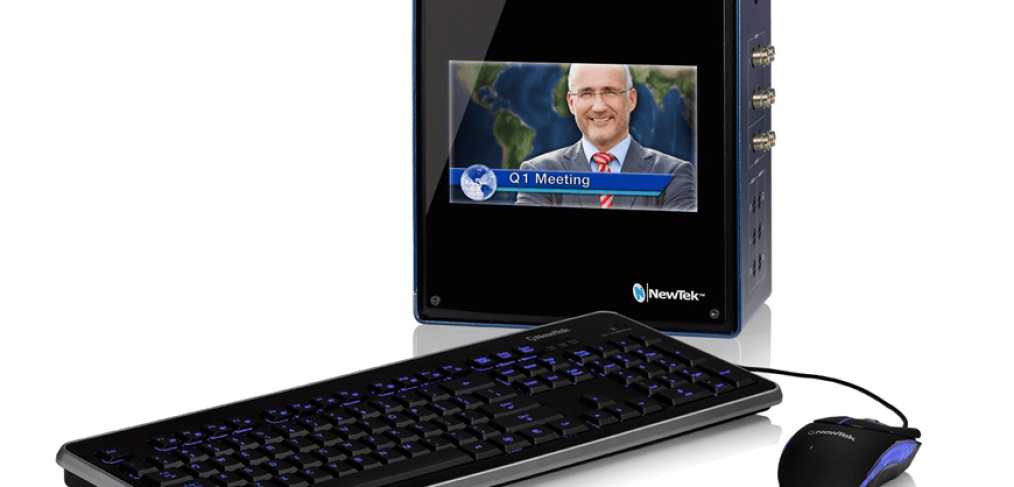Live events on social media platforms like Facebook are becoming more popular each day as people tune in to watch all sorts of events, talks, and other broadcasts in real time. According to Facebook, as of 2017, one in every 5 videos watched on the platform is live. While that may not sound like a lot, just imagine how many videos are being watched on Facebook every day. According to Sprout Social, as much as 8 billion videos are being watched on the social media platform daily. That’s a lot of videos, and a lot of live content being viewed every day.
As more people tune in and start watching streams on Facebook Live, their expectations of the quality of the streams are rising. Which means that anyone who can produce a quality experience in this early stage of the platform is a step ahead in the social media game. Unfortunately, many people make some common mistakes when starting out with Facebook Live that set a bad tone for the rest of their live session, resulting in few views and a slow start to their live streaming efforts, which can be discouraging.
I produce Facebook Live events for corporate clients and creative agencies in the UK, and from my experience here are the top 5 mistakes to avoid on your next Facebook live event.
Facebook Live Mistake 1: Presenters don’t rehearse their intro for the event
This is one mistake we’ve all seen so many times. Either the presenter didn’t prepare any sort of introduction for the live event at all, or if they did they didn’t rehearse it and just decided to ‘wing it’. I’d say only 1 % of presenters are actually good enough to “wing it” on a live event and it’s just a bad idea, especially if it’s your first live stream because you won’t be comfortable and it will show.
A lack of prep combined with nerves often leads to an uncertain start which can set the tone for the rest of the show. Looking at the wrong camera, speaking too quickly and worst of all the “are we on yet…?” question are all things that can put your audience off right away. All of this leads to fewer views and lower prospects of gaining more views next time. Facebook is set up in a way that makes it easy for people to quickly move on to new (and daresay more exciting) content. Much like in real life, the first impression on Facebook Live sticks so you want to make it count.
Solution: Once all the kit and crew are set up, ask the presenter to practice their intro out loud 4 or 5 times to make sure they are confident once you go live. This gives a strong start to the show and also ensures the technical team knows what’s going to happen when the event starts.
Facebook Live Mistake 2: Not starting the broadcast with a holding slide and some music
You probably already know that when you go live on Facebook, all the followers of your page get a notification to say a broadcast has begun. What many people fail to take into account, however, is that even the keenest of fans with the fastest of fingers are going to take at least 10-15 seconds to click on the link and join the session. So why not give people time to arrive before you actually start? If you just instantly launch into the event then everyone will miss the start of the broadcast, and will either skip it or spend the whole session playing catch up. Both of which are bad for you. On the one hand, if your viewers decide to skip the intro then they might be missing some important information and will feel disconnected from your message; But on the other hand, if they do go back to watch the intro then they won’t be able to interact with the show in real time which defeats the point of going live.
Solution: Create a nice holding image that details what people can expect from the event, who is taking part, and provides a call to action, like asking your viewers to get in touch. Putting some background music in alongside this means the viewer knows you are ready to go. I’d suggest around 60-90 seconds for this, as it could turn people off if you leave it on for too long without starting the actual broadcast.
Facebook Live Mistake 3: Using a mobile phone as the camera for the broadcast
Facebook live technology is a great way to instantly connect with people from all over the world. It also allows you to broadcast to your followers straight from your mobile device. Thing is, people could also use a mobile camera for adverts on TV or live news pieces, but you wouldn’t want that for your brand so why do it on Facebook live? As good as mobile video tech is, if you use it for Facebook Live, you are restricted to one camera angle and the autofocus will quickly become annoying for viewers. I know there is a big drive for “authentic” looking material, but in my opinion, if you are a brand that’s serious about making a professional production, you need some professional equipment.
Like I said, people are starting to expect better quality experiences from live broadcasts and if you don’t offer what they’re looking for, then they will just go looking for it elsewhere. Using a mobile phone might be the cheaper solution in the beginning, but it will cost you viewership in the long run.
Solution: The cost of professional quality video cameras have plummeted over recent years and you can get something on Ebay for as little as £400 that would be more than good enough for the job. Alternatively, if you decide to use a professional in the field – I know you will be shocked at the difference a couple of broadcast quality cameras will make to your production.
Facebook Live Mistake 4: The presenter ignores the audience
One massive benefit of Facebook Live is the fact that it gives you a chance to communicate directly with the people who are interested in your brand and the product and services you sell. I’ve worked on so many events where all the focus is on the celebrity or person being interviewed and their wants and needs (sometimes VERY specific…), while the end viewer is being totally ignored.
This leads to a lack of engagement and people switching off. Which misses the whole point of live video. So if you want to go that route, then live broadcasting isn’t the right option for you. But if you do want people to actively engage with the content you’re sharing while you’re sharing it, then you have to show an openness and encourage them to do that.
Solution: Make the viewer feel like they’re part of the production and also the most important part of it. Use calls to action, give the host a tablet so they can see the comments section and then put viewers’ questions forward and reply to them (always make sure to mention them by name), and create competitions and prize giveaways for them. Give them reasons to stay with you. All of these examples will have a positive impact on your viewers, which in turn will have a positive impact on the event metrics.
Facebook Live Mistake 5: Presenters aren’t using proper microphones
Of all the mistakes I see regularly, this is the one that irritates me the most as it’s one of the easiest to fix. This usually goes alongside mistake number 3 – when using a mobile to record the video. That’s because in this setup the audio often comes from the onboard smartphone mic. The cameras on these devices might be getting better, but the microphones have been and probably always will be terrible. This is the easiest way to make your production look like a quickly put together amateur shoot.
People may forgive some shaky camerawork and the odd funny looking shots, but they won’t forgive not being able to hear what’s being said, and this results in your viewers switching off faster than it takes for you to say “hello”. Believe me, they can lose interest that fast.
Solution: You can get a decent microphone from Amazon for about £25 or spend right up to £600+ on a professional wireless microphone. It all comes down to budget, but this is one area I’d never skimp on because if it goes wrong, it’s the one thing that is glaringly obvious to everyone. Ideally, you would want to use a company who has experience in doing audio for live events and who can give you guidance on the best approach for your budget.
Facebook Live Mistake Examples:
So, now that you have some advice that should help you navigate the, hopefully, tranquil waters of Facebook Live (unless your camera work is choppy!), I thought I should provide you with some examples of good and bad Facebook Live videos. The first is a DIY job using in-house equipment, while the second is a professional job by an external company.
As you can see on the video below, the video quality isn’t great because they’re using a mobile phone for a camera and had no external microphone, which means you can barely hear them. There’s also no proper opening with them just launching into an intro that was clearly not rehearsed enough.
Facebook Live Mistakes:
As you can see from the second video, the production team used multiple professional cameras to get shots from different sides, and better microphones that produced clear audio quality. The team also started off with an intro slide which had their call to action – a hashtag for their viewers to follow and use. This is a great example of what a Facebook Live video can, and ideally should, look like.
Facebook Live Best Practice:
While I do hate calling out Facebook Live failures like the one above, as it’s a horrible experience for everyone when it goes wrong, hopefully, it serves the good purpose of portraying what you should avoid next time you’re going live and the progress that the same brand can make from one broadcast to another.
Ultimately, it’s up to you to decide how you’re going to run your live videos and sometimes it’s part of the learning process to do it for yourself and feel the sting of a mistake. But if you can avoid these common mistakes from the get-go then you’ll definitely start your Facebook Live journey off on the right foot.
If, however, you feel that you would be better off with someone that can help you produce amazing Facebook Live Streaming results for your company or brand, then make sure to give me a call! I have worked with many companies and creative agencies to create Facebook Live Streaming events that highlight their respective messages in the best possible way and can do the same for you.

